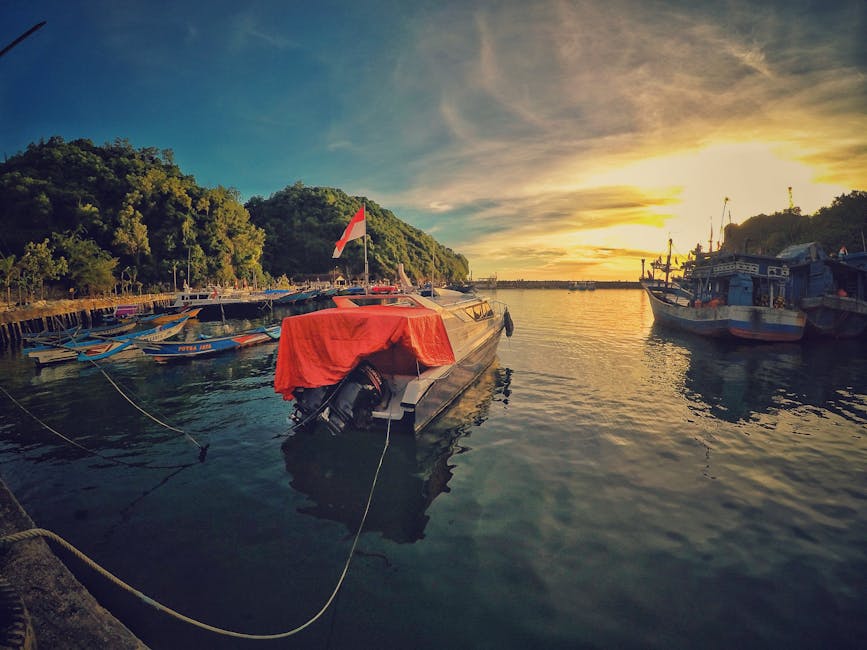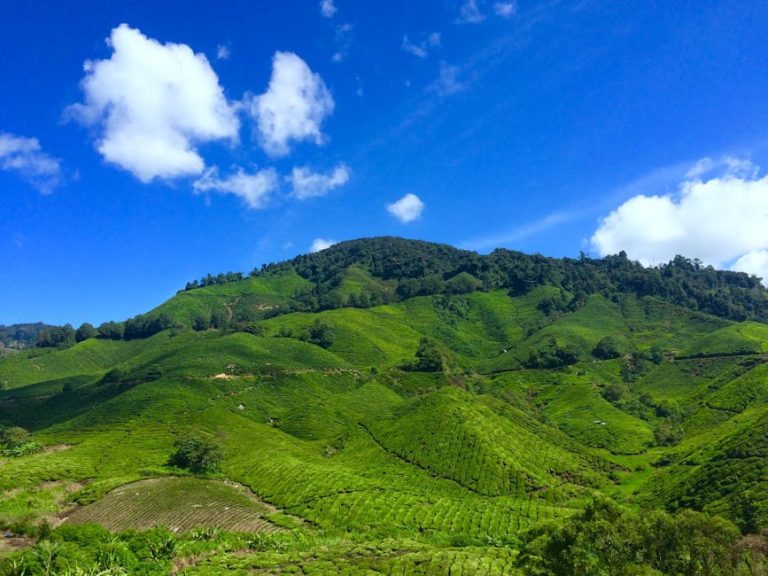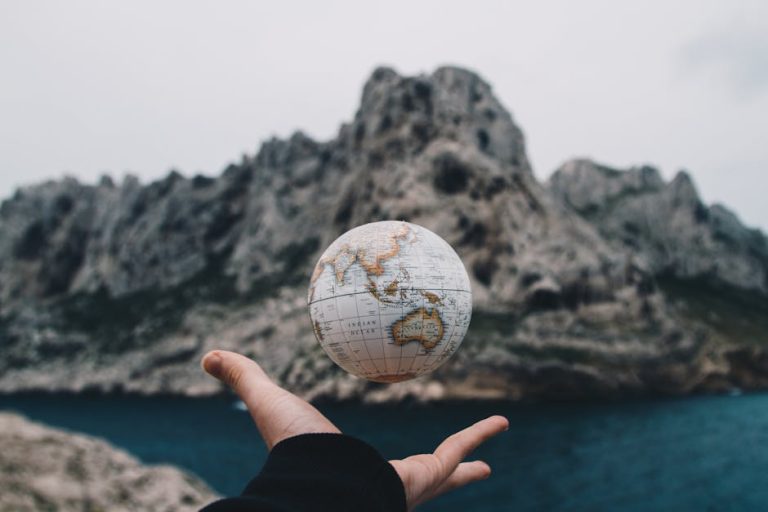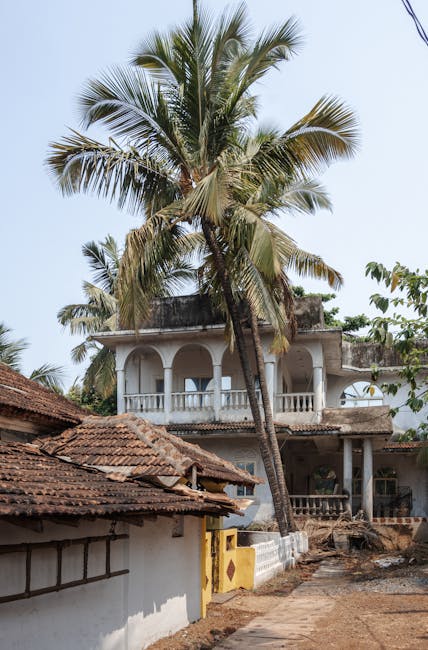Have you ever dreamed of visiting a place that feels truly ancient and magical? Borobudur Temple in Yogyakarta, Indonesia, might just be that place! It’s a massive Buddhist monument, a real architectural wonder, and a journey back in time all rolled into one. Think of it like stepping into a history book, except you get to walk around and touch it!
Located on the island of Java, near the city of Yogyakarta (often shortened to Yogya), Borobudur isn’t just a temple; it’s a UNESCO World Heritage site, attracting visitors from all corners of the globe. It’s a testament to the rich cultural and religious history of Indonesia and Southeast Asia. Get ready to explore this breathtaking site!

What Makes Borobudur So Special?
Borobudur is special for many reasons, starting with its sheer size. Imagine a giant stone pyramid, decorated with thousands of intricate carvings. That’s Borobudur! It was built sometime in the 8th and 9th centuries during the Sailendra Dynasty. The temple is constructed with over two million stone blocks! That’s a lot of rocks!
What’s even more amazing is that nobody really knows for sure why it was abandoned sometime in the 14th century. It remained hidden under layers of volcanic ash and jungle growth for centuries until it was rediscovered in the 19th century. Think of it as a real-life Indiana Jones adventure, only the temple was already there!
The structure of Borobudur represents the Buddhist path to enlightenment. As you walk around the temple, climbing higher and higher, you’re symbolically ascending towards spiritual understanding. The walls are covered in reliefs, which are like detailed comic strips telling stories of Buddhist teachings and Javanese life. It’s like reading an ancient textbook carved in stone.
Planning Your Visit: Yogyakarta and Borobudur
First things first, you’ll need to get to Yogyakarta. Yogya is a vibrant city with its own airport (YIA) serving both domestic and international flights. From Yogya, you can take a tour bus, rent a car, or hire a driver to take you to Borobudur. The drive is typically about an hour to an hour and a half, depending on traffic.
Most people visit Borobudur as a day trip from Yogyakarta. There are many tour operators in Yogya that offer packages, often including transportation, entrance fees, and a guide. Booking a tour can make things easier, especially if you’re not comfortable navigating on your own.
The best time to visit Borobudur is during the dry season (April to October). The weather is usually sunny and less humid, making it more comfortable for exploring. Sunrise and sunset are particularly popular times to visit, offering stunning views and photo opportunities. Be prepared for crowds, especially during peak season!
What to Expect When You Arrive
Once you arrive at Borobudur, you’ll need to purchase an entrance ticket. There are different ticket options, including combo tickets that also include Prambanan Temple, another amazing historical site near Yogyakarta. It is also important to note that ticket prices are significantly different for Indonesian citizens versus international tourists.
You’ll be asked to wear a sarong (a traditional Indonesian cloth) as a sign of respect. These are usually provided at the entrance. As you start your exploration, remember that Borobudur is a sacred site, so dress modestly (shoulders and knees covered) and behave respectfully.
The climb to the top of Borobudur can be a bit strenuous, especially in the heat. Wear comfortable shoes, bring water, and take breaks as needed. The views from the top are absolutely worth the effort! You can see the surrounding countryside, including lush green fields and distant volcanoes. It’s truly magnificent.
Things to See and Do at Borobudur
Besides climbing to the top and enjoying the panoramic views, spend some time exploring the different levels of the temple. Take a close look at the intricate reliefs carved into the walls. Each one tells a story, depicting scenes from the life of Buddha and ancient Javanese culture.
The stupas are another key feature of Borobudur. These bell-shaped structures contain statues of Buddha. The largest stupa sits at the very top of the temple, symbolizing enlightenment. There are also many smaller, perforated stupas, each containing a Buddha statue that you can sometimes glimpse through the openings.
Consider hiring a local guide to enhance your experience. A guide can provide valuable insights into the history, symbolism, and cultural significance of Borobudur. They can also help you navigate the complex and point out hidden details that you might otherwise miss.
Staying Safe and Respectful
Indonesia can be very hot and humid, especially during the day. Drink plenty of water to stay hydrated, and wear sunscreen and a hat to protect yourself from the sun. It’s also a good idea to bring insect repellent, as mosquitoes can be a nuisance, especially in the evening.
Be mindful of your belongings, especially in crowded areas. While most people are friendly and welcoming, petty theft can occur. Keep your valuables secure and be aware of your surroundings.
When interacting with locals, be respectful of their culture and customs. Dress modestly when visiting religious sites, and ask permission before taking photos of people. A little bit of respect goes a long way in making your visit a positive experience.
Beyond Borobudur: Exploring Yogyakarta
While Borobudur is the main attraction, Yogyakarta has much more to offer. Don’t miss the opportunity to explore the city and discover its rich cultural heritage. Visit the Kraton (Sultan’s Palace), a fascinating complex that is the center of Javanese culture and tradition. Stroll through the bustling markets, where you can find local handicrafts, batik textiles, and delicious street food.
Prambanan Temple, another magnificent Hindu temple complex, is located near Yogyakarta and is well worth a visit. You can easily combine a trip to Borobudur and Prambanan in a single day.
Yogyakarta is also known for its traditional arts, including batik making and silver crafting. Take a workshop and learn how to create your own batik masterpiece, or visit a silver workshop and admire the intricate designs.
Frequently Asked Questions
What is the best time of day to visit Borobudur?
Sunrise and sunset are popular times for their stunning views, but be prepared for larger crowds. Mid-morning offers fewer crowds and still great views.
How much does it cost to enter Borobudur?
Entrance fees vary, with different prices for Indonesian citizens and international tourists. Check the official Borobudur Temple website for the most up-to-date pricing.
What should I wear when visiting Borobudur?
Dress modestly, covering your shoulders and knees. A sarong is often provided at the entrance as a sign of respect.
How long should I spend at Borobudur?
Allow at least 2-3 hours to explore the temple complex thoroughly. If you want to see sunrise or sunset, plan accordingly.
Can I climb to the top of Borobudur?
Yes, visitors are allowed to climb to the top levels of the temple. However, access may be restricted during certain times or due to conservation efforts.
Visiting Borobudur Temple is an experience you won’t soon forget. It’s a chance to witness a truly remarkable piece of history and immerse yourself in the rich culture of Indonesia. So, pack your bags, book your tickets, and get ready for an adventure to one of the world’s most magnificent ancient monuments! Make sure to check travel advisories before planning your trip. Enjoy the journey!






